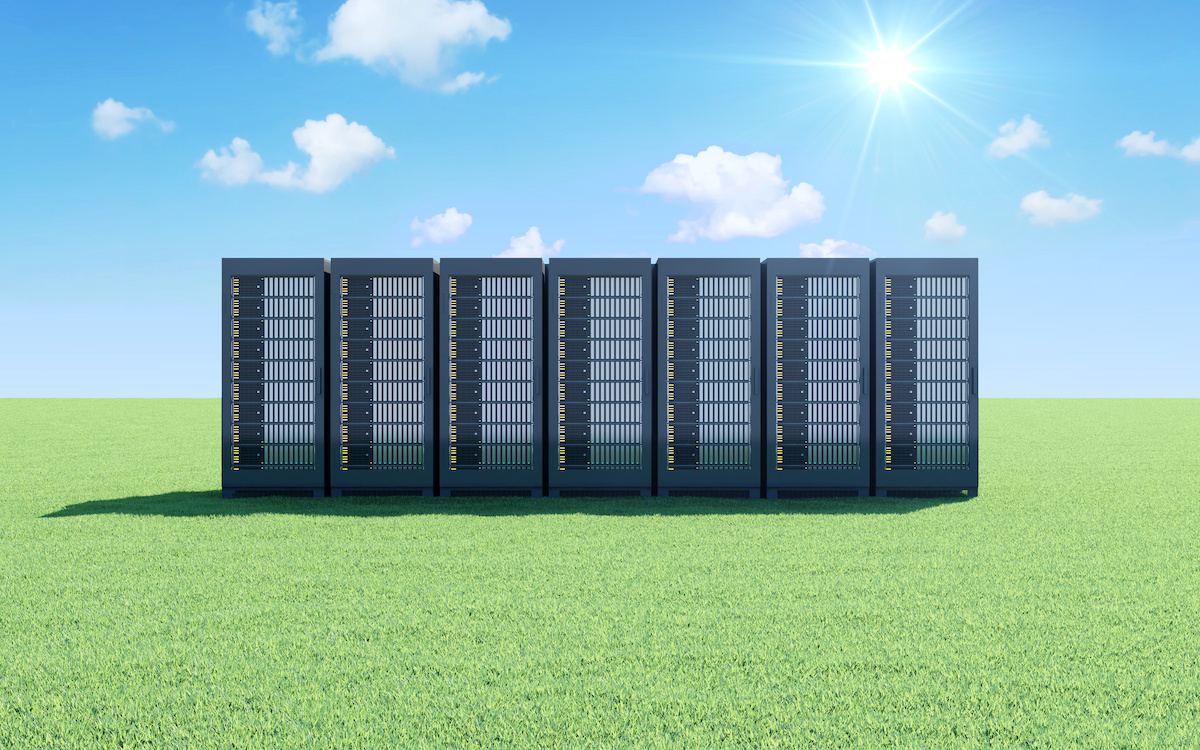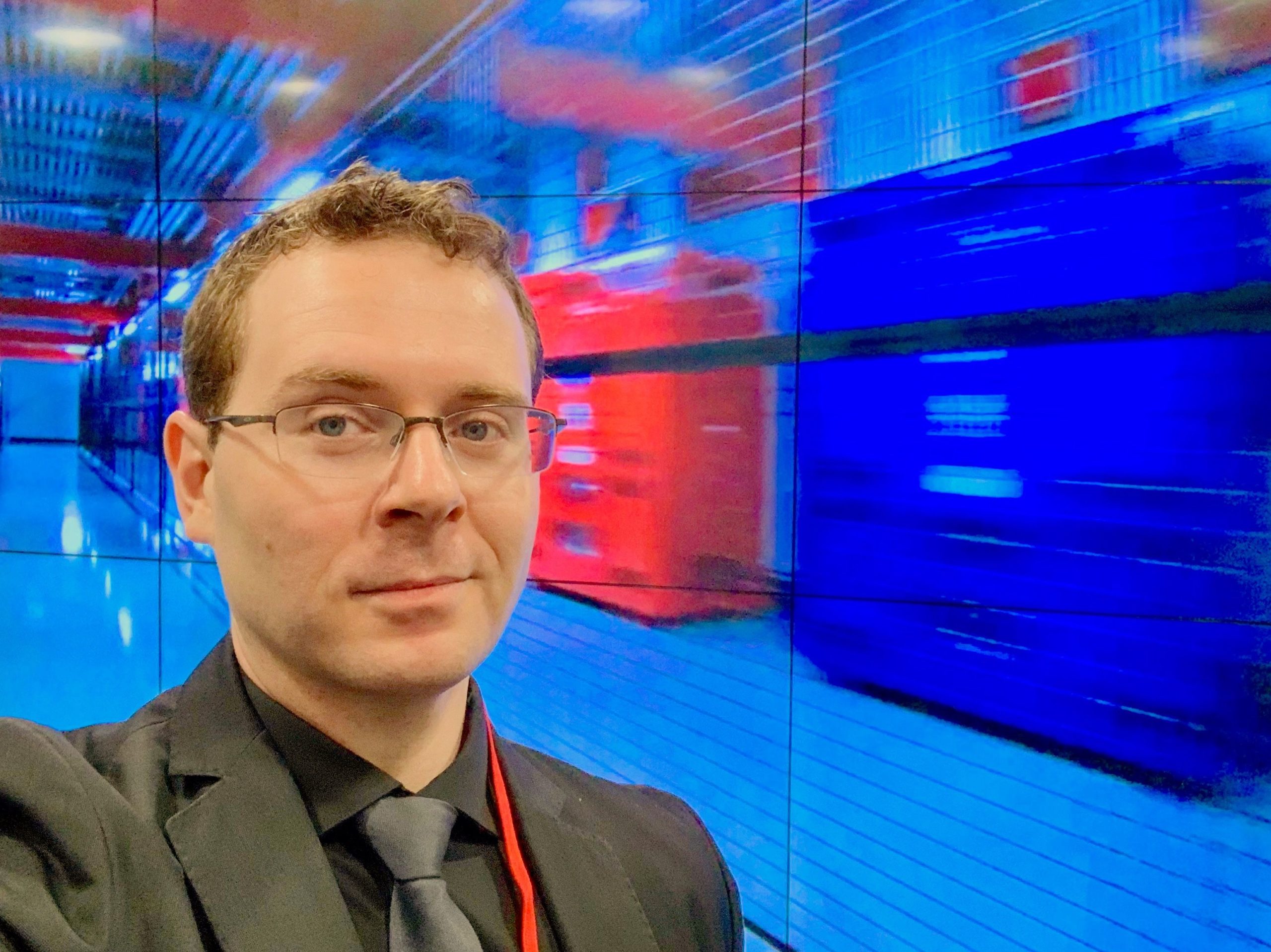Going Green in 2021: Impacts on the Data Center Industry18 min read

We’re less than a month away from 2021. And yes, there will be a 2021 for those that are concerned. In a year marked by so many uncertainties and challenging times, we continue to see technology help bring people close and help others stay connected. Data centers, cloud computing, and technology, in general, have played a pivotal role in helping people, especially over these past few months.
Leaders in the data center space have seen the need for their services to grow. As responsible citizens of the digital world, many of these data center leaders take action to ensure their ecosystems support both people and the environment. It’s for a good reason too. A new report from Valuates Reports shows us that the global data center power market size is projected to reach $21.5B billion by 2026, up from $15 billion in 2020. What’s driving this growth? Well, I’m sure you can imagine. However, the report dives further and attributes this rise in power demand to increased adoption of cloud computing by organizations worldwide, the increase in digitization resulting in a rapid expansion of digital infrastructure, accelerating renewable energy demand, and the need for addressing greenhouse gas emission.
Of all these drivers, data center leaders are pointing a spotlight on green energy and renewable resources. They’re doing this because it’s great for their business, and it drives positive change in our climate and environment. In a blog on Data Center Frontier, I wrote that when it comes to realizing the benefits, respondents to a recent AFCOM State of the Data Center report indicated that investing in renewable energy sources did the following:
- Help the organization achieve green initiatives
- Improve the ROI and/or lower the TCO of the data center
- Contribute to a positive brand and image for the company/data center
- Can be a lot more affordable
The market for green data centers has also continued to increase. The Green Data Center Market study shows us that the green data center market was valued at $43.24 billion in 2018 and is expected to reach $147.88 billion by 2024. The concern about the growing percentage of energy consumption by data centers has alerted governments across the United States and Europe to regulate energy consumption regularly, which is the primary factor that drives the green data center market.
It’s important to note that governments aren’t the only driving factors to create green solutions. Private industries have undertaken truly inspiring projects to develop greener technologies. My organization, Switch, is paving the way with the world’s largest behind-the-meter solar and battery array. This is one of the largest deployments of Tesla Megapack batteries in the world. For the first time, we’re able to capture the power of the sun and not lose it when the sun sets. Here’s an excerpt from a recent Data Center Frontier story covering the project:
Switch will use new large-scale energy storage technology from Tesla to boost its use of solar energy for its massive data center campuses in Las Vegas and Reno. Switch broke ground this week on Gigawatt 1, a vast solar power project that will use First Solar photovoltaic panels to generate a total of 555 megawatts (MWs) of renewable power at three locations.
Switch says the project will feature one of the first large-scale installations of the Tesla Megapack, a new bulk energy storage product manufactured at the Tesla Gigafactory, a Switch’s neighbor in a business park near Reno. Gigawatt 1 integrator Con Edison Clean Energy Businesses expect to use the Tesla Megapack to create more than 800-megawatt hours (MWh) of energy storage capacity.
Going Green and Getting Creative
The future of green data centers and energy efficiency will also require creative thinking, like throwing a data center into a sea. According to a recent Innovation Story from Microsoft, Microsoft’s Project Natick team deployed the Northern Isles datacenter 117 feet deep to the seafloor in spring 2018. For the next couple of years, the team of researchers and technologists actively monitored, tested, and began to understand better the data center’s servers’ performance and reliability, but underwater.
The idea with this submerged infrastructure was that a sealed container on the ocean floor could improve data centers’ overall reliability. After pulling the system out, what did Microsoft learn? Underwater data centers can be very practical, highly reliable, and exceedingly energy-efficient and sustainable.
“We are populating the globe with edge devices, large and small,” said William Chappell, vice president of mission systems for Azure. “To learn how to make data centers reliable enough not to need human touch is a dream of ours.”
Before you go and throw your rack into the water, know that creativity starts by asking the right questions.
- What are you doing to go green?
- Have you done any studies to see how you can save money with greener solutions?
- Is your environment in a data center that’s not entirely green? How do you feel about that and your impact?
- What initiatives are in your plan to create a more sustainable infrastructure?
The conversation around green data centers is very reflective and often contextual. This means getting creative might mean something different to you. For example, some organizations deploy microgrids, coupled with solar energy, to help them shift to greener options. In an article I covered on MicrogridKnowledge, I stated that Microgrids could actively leverage a wide array of green power technologies, including solar, wind, fuel cells, renewable natural gas, combined heat and power (CHP) plants, and energy storage technologies. Even natural gas generators have far lower emissions than traditional diesel backup generators. Microgrids also can intelligently integrate renewable energy into the energy mix.
Remember, you don’t have to start big to go green. Look inside your data center and see where you can build efficiencies. To that extent, conducting efficiency analysis, computational fluid dynamics studies, and simply working with a good partner can help find areas to go green and save IT budget dollars. In my experience, airflow, proper aisle isolation, and improved containment can all add up to a greener data center and improved efficiency. Starting small is a great way to get green in 2021. Then, maybe a few years down the line, you can see if your data center should go into the ocean to perform even better.
The industry's easiest to install containment!
AisleLok® solutions are designed to enhance airflow management,
improve cooling efficiency and reduce energy costs.
The industry's easiest to install containment!
AisleLok® solutions are designed to enhance airflow management,
improve cooling efficiency and reduce energy costs.

Bill Kleyman
Industry Analyst | Board Advisory Member | Writer/Blogger/Speaker | Contributing Editor | Executive | Millennial
Bill Kleyman is an award-winning data center, cloud, and digital infrastructure leader. He was ranked globally by an Onalytica Study as one of the leading executives in cloud computing and data security. He has spent more than 15 years specializing in the cybersecurity, virtualization, cloud, and data center industry. As an award-winning technologist, his most recent efforts with the Infrastructure Masons were recognized when he received the 2020 IM100 Award and the 2021 iMasons Education Champion Award for his work with numerous HBCUs and for helping diversify the digital infrastructure talent pool.
As an industry analyst, speaker, and author, Bill helps the digital infrastructure teams develop new ways to impact data center design, cloud architecture, security models (both physical and software), and how to work with new and emerging technologies.







0 Comments